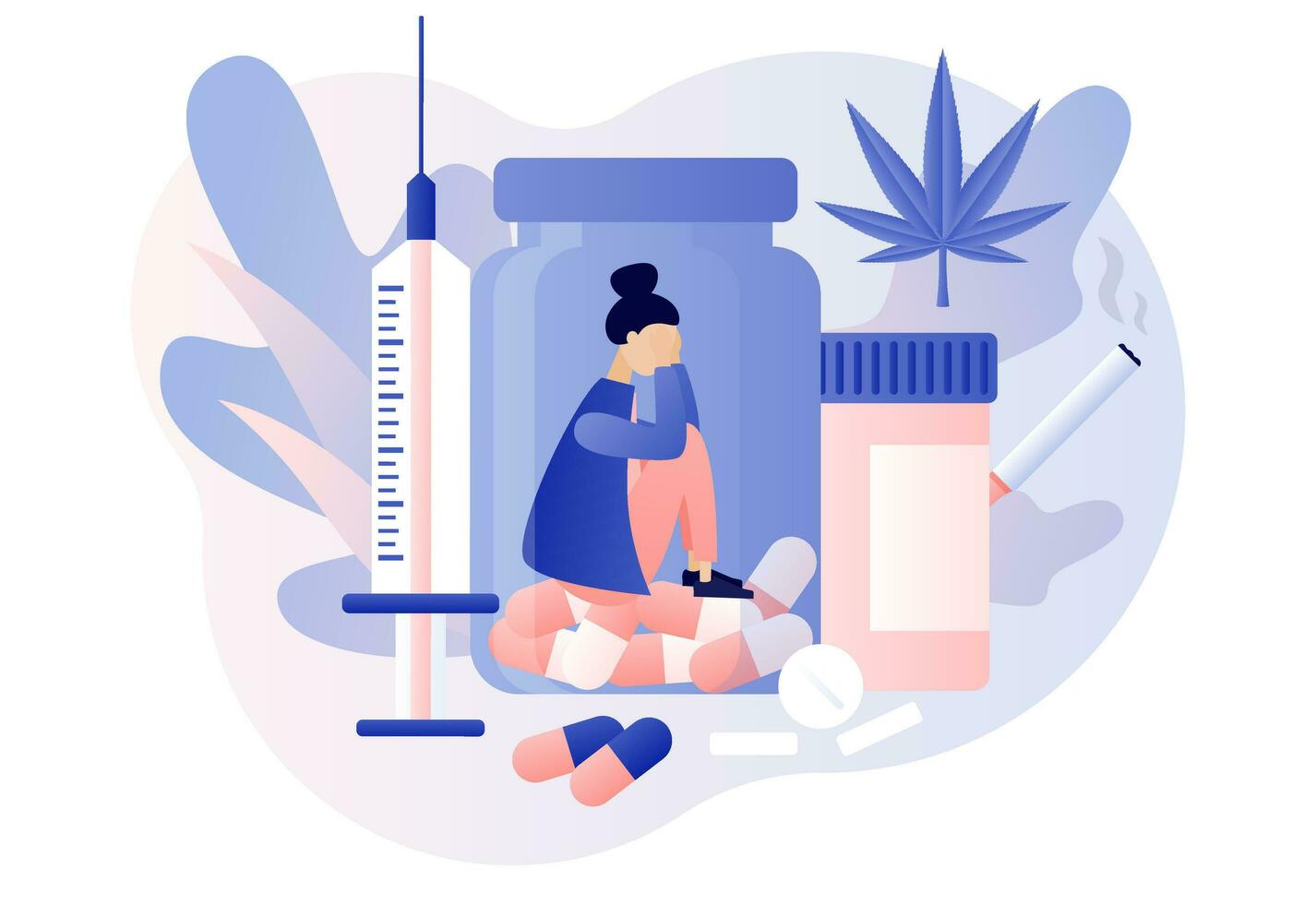The Brain and Drug Addiction
Why are drugs addictive?
In summary, the neuron sends signals through the release of neurotransmitters, which are stopped by the reabsorption of the neurotransmitters back into the signaling neuron and away from the receptors of the receiving neuron.
So what
happens when drugs are consumed?
Drugs
disrupt the communication between neurons. Many drugs including cocaine and
nicotine can bind to the receptors on the neurons because their structures are
similar to that of the neurotransmitters. However, when drugs bind to the
receptors they do not elicit the same response as when neurotransmitters
naturally bind to neurons. Instead, drugs such as cocaine cause neurons to
release ample amounts of neurotransmitters and prevent the reabsorption of
neurotransmitters from the synapse. This leads to an increased surge of
neurotransmitters that also have a longer-lasting effect on the neurons, altering
communication in the neural network.
What causes
drug addiction?
Dopamine is the neurotransmitter that is commonly released
when drugs bind to the receptors on neurons. Dopamine is responsible for
feelings of pleasure and euphoria and is part of the reward system in the brain.
Naturally, dopamine is released in the nucleus accumbens of the brain
when we socialise with people whose company we enjoy, when we eat enjoyable
food and when we exercise. By nature, our brain is wired to repeat activities that
release dopamine and make us feel euphoric. Hence when dopamine is released our
brain reinforces those networks and the memories related to activities that
increase dopamine. This means that when we consume drugs which increase our
dopamine levels intensely, our brain reinforces our memories of taking the
drugs and the euphoric feeling we experience. Over time the surge of dopamine
caused by drug consumption causes hyperactivity in the nucleus accumbens
and weakens the neural connection to the prefrontal cortex. The weakened
connections in the prefrontal cortex reduce impulse control and judgement,
leading to repetitive drug use and eventually drug addiction. Eventually, a
person develops a tolerance to the drug and larger amounts of the drug are needed
to achieve a “high” or euphoric state.
Let's clarify some terminology:
Synapse: the space between neurons where signals are transmitted
Receptors: proteins that molecules bind to, to elicit a specific response (e.g. the release of dopamine)
Nucleus Accumbens: the area of the brain related to reward, motivation and reinforcement of learning. Dopamine is released in this region of the brain.
Prefrontal cortex: the area of the brain responsible for personality, language emotional processing, behaviour and other executive functions

Comments
Post a Comment